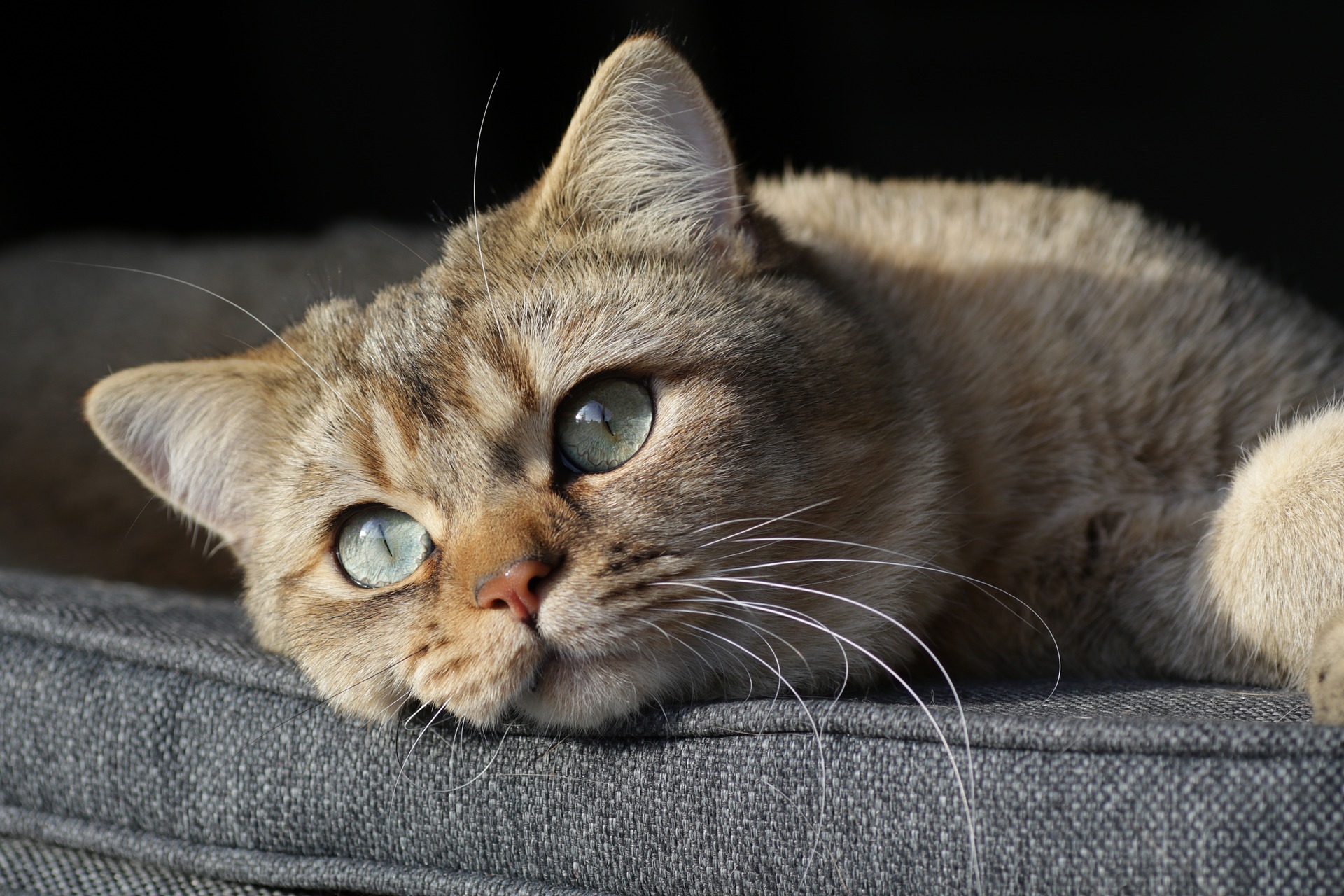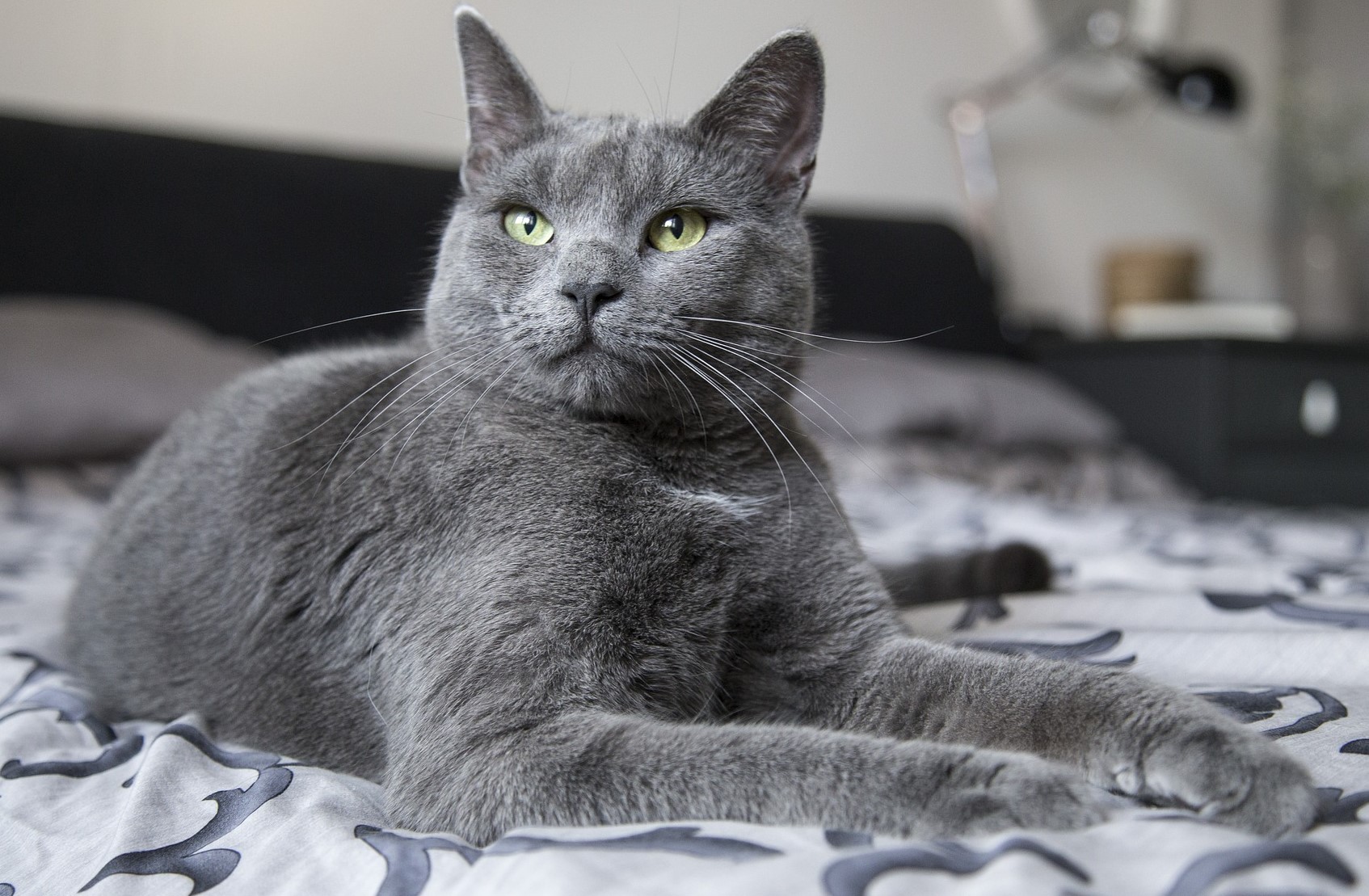
Signs of pain are not always obvious in cats.
Part of the reason has to do with their evolution.
In the wild, sick animals often get eaten.
So we believe that cats have learned to hide pain and sickness in order to survive.
Sadly that doesn’t always make our diagnosis easy!
Here are some ways to tell if your kitty is in pain.
Mobility issues
- Limping
- Reluctance to walk
- Reluctance to jump
- Reluctance to do stairs
- Reluctance to play
- Difficulty getting up or lying down
Any issue in a leg can cause limping from the foot to the shoulder blade or the hip.
These kitties typically are not as playful, they struggle in the stairs, and they have a hard time jumping on the couch, the bed or the windowsill.
Getting up and down can also be a struggle.
Physical signs
- Muscle twitching
- Arched back
- Holding the head low
- Panting
- Grooming changes
Cats with a problem in the neck (spine) can have subtle muscle twitching in the neck, tight muscles, hold their head down, and be reluctant to move.
Kitties with a problem in the back (spine) can also have subtle muscle twitching in the back, have an arched back, tight muscles, and be hesitant to move.
A kitty with serious arthritis will have difficulty grooming, so they may have an unkempt coat.
Sometimes, it’s the opposite, they will over-groom a body part or a joint, and cause a bold spot.

Behavioral signs
The most common changes that can indicate pain in a cat are behavior changes.
- Reluctance to being touched
- Crying, meowing
- Purring at odd times
- Growling or hissing
- Restlessness
- Aggressiveness
- Hiding
- Sleep changes
- Appetite changes
- Eliminating outside the litterbox
- Tail flicking
A cat in pain may withdraw from the rest of the family.
Sleep patterns can change. A painful cat may sleep more or less than usual.
They may hide in odd places, where they’ve never slept before.
They may not want to be touched or picked up.
They may become irritable or aggressive. So they may growl, hiss, or bite, even when they are normally super sweet. And they may flick their tail from side to side.
They can have “accidents” because it’s a struggle to get in and out of the litterbox. Squatting can cause pain.
Facial expressions
Some kitties in pain can have several changes in their face, which we call a “grimace.”
They can stare into space.
They have a wide-eyed look or squint.
They may flatten their ears on the top of their head,
If you suspect your cat is in pain, or you notice one of several of the signs above, please call your family vet, go to the ER, or get in touch with a surgeon as soon as possible.
Not every cat in pain needs surgery, but every cat in pain should get pain relief.
If you would like to learn how we can help your pet with safe surgery and anesthesia, please contact us through www.LRVSS.com
Never miss a blog by subscribing here: www.LRVSS.com/blog
Phil Zeltzman, DVM, DACVS, CVJ, Fear Free Certified
www.LRVSS.com
